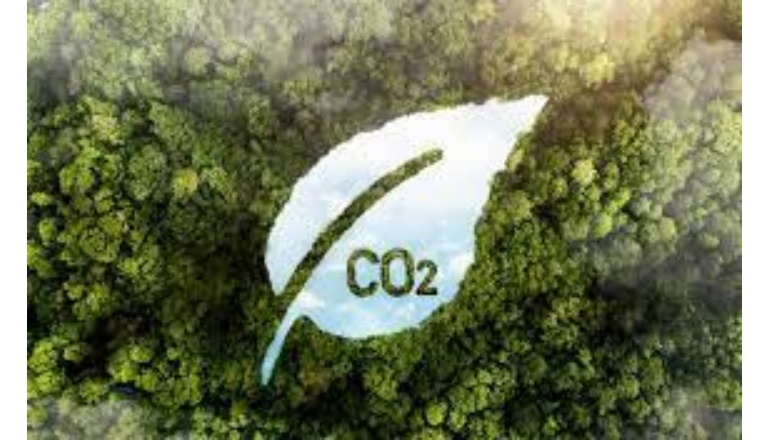European carbon removal specialists, remove, have launched an initiative to support Indian businesses in developing projects to remove carbon dioxide from the atmosphere and mitigate global warming.
The Amsterdam-based group has raised over 220 million euros ($238 million) to support carbon dioxide removal (CDR) projects throughout Europe.
In India, successful applicants will have access to remove’s network of experts and international buyers, and could also be eligible for additional funding.
Indian projects are expected to focus on biochar and enhanced weathering to absorb CO2, said Marian Krueger, co-founder, remove.
According to reports, the value of the CDR market could rise from $2.27 billion in 2023 to around $100 billion by 2030 if barriers to growth are addressed. The European Union is exploring options to include CDR credits in its emissions trading system.

